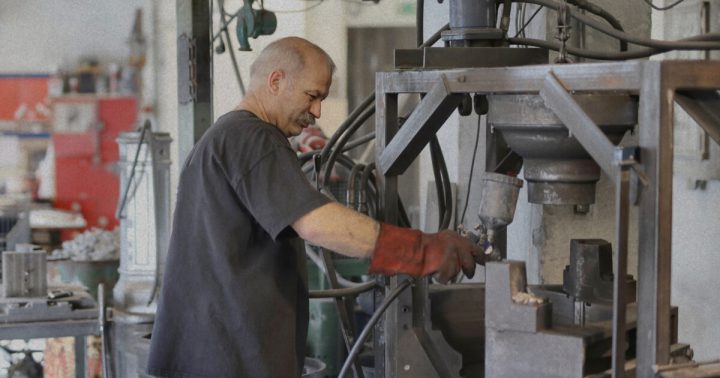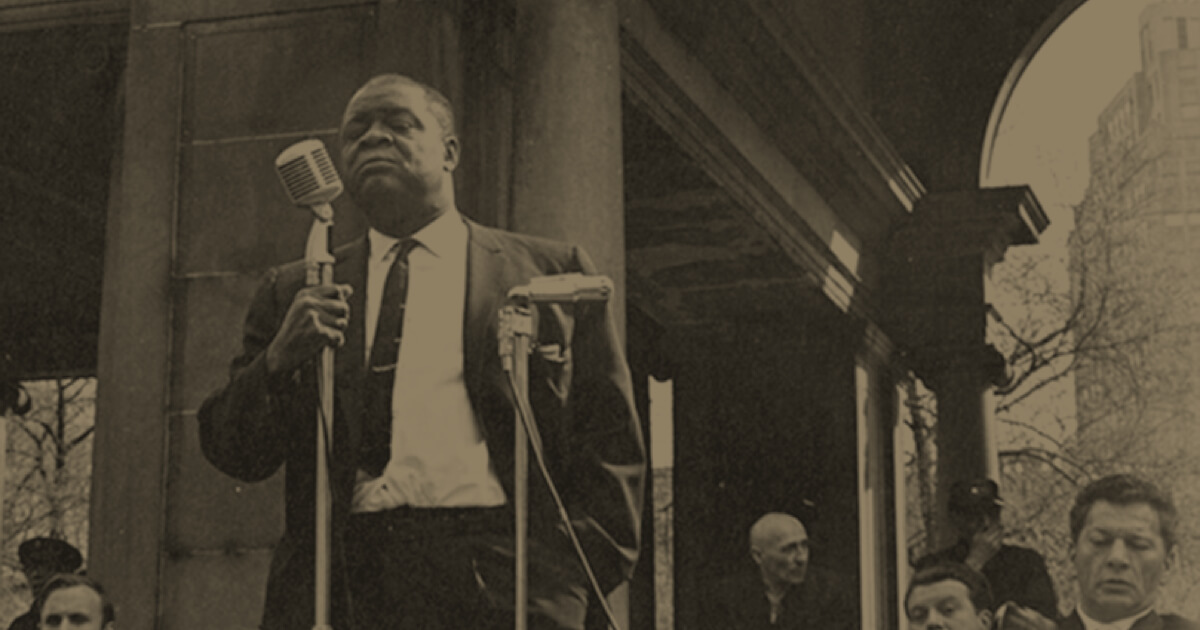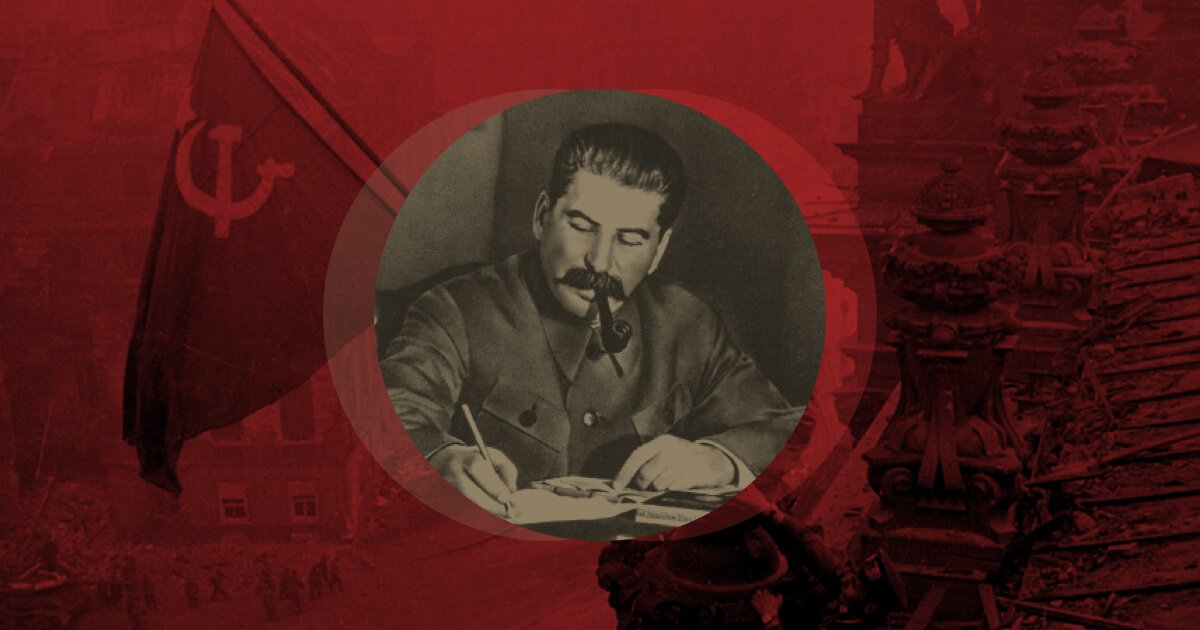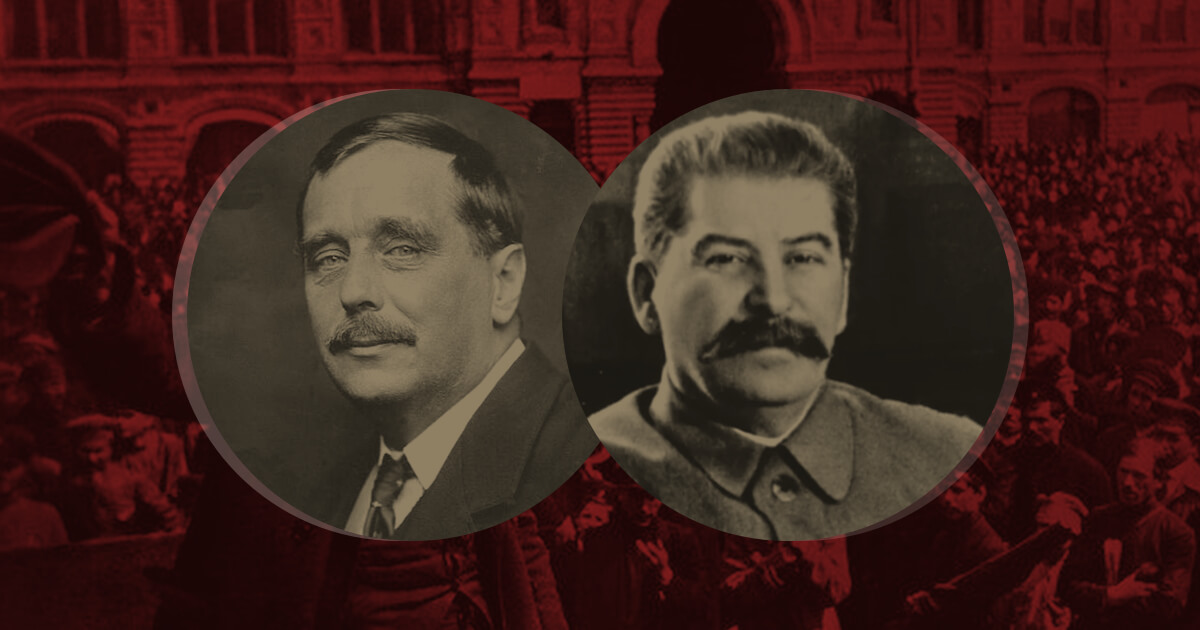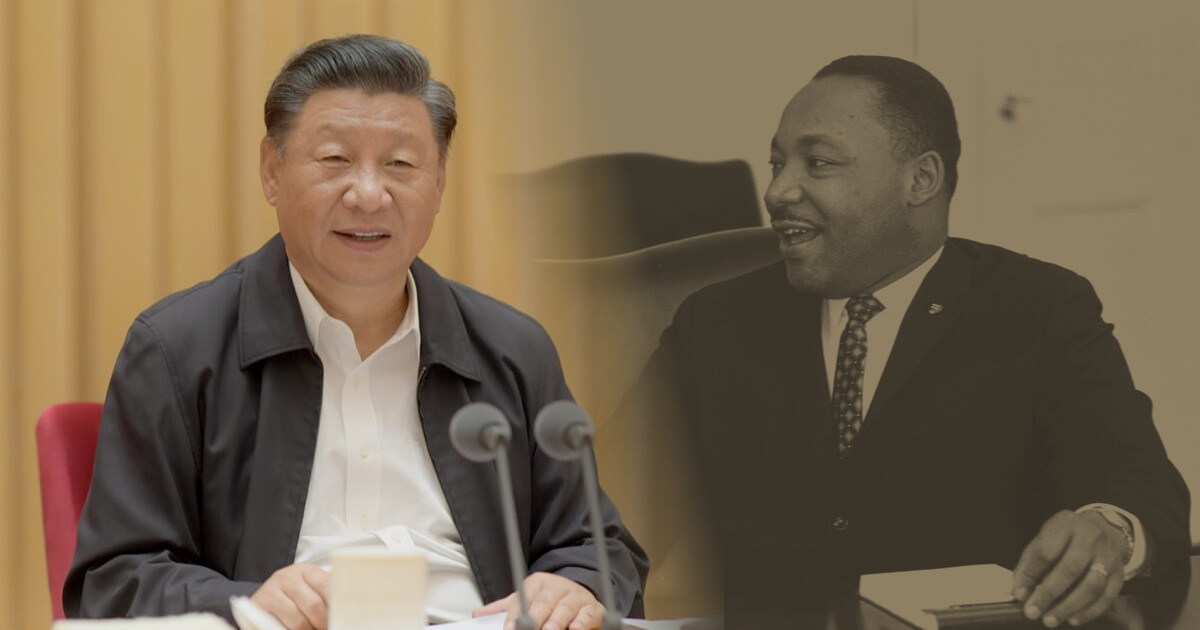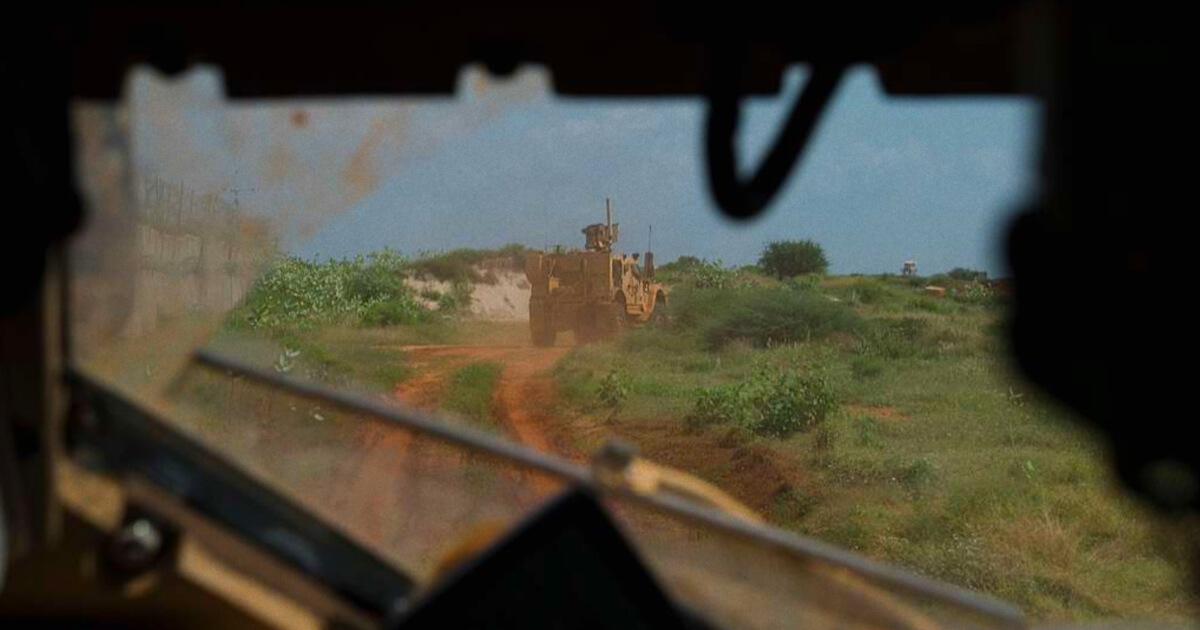For socialists, the fundamental understanding of imperialism goes back to World War I and is found in the pamphlet written by V.I. Lenin, “Imperialism, the Highest Stage of Capitalism.”
Imperialism is not a policy chosen by one government and dropped by another. Imperialism is a system.
The first world war was the outcome of imperialism, Lenin wrote, an imperialist war waged for the political and economic exploitation of the world, export markets, sources of raw material, spheres of capital investment, etc. The imperialist powers raised huge armies and navies, not only to forcibly subjugate oppressed people in the colonies, but to make war against other imperialist countries competing for control.
According to Lenin, the world was already divided among the great capitalist powers when he wrote “Imperialism” in 1916. The war resulted from inter-imperialist rivalries to redivide the world.
The wars since WWI have changed circumstances. And World War II signaled a turning point in world imperialist relations. The United States emerged from WWII as the world’s most powerful imperialist country, gaining control of former European empires in Asia and Africa.
The overturn of the socialist Soviet Union and the breakup of the Soviet republics into individual nation states was a dismantling of a planned economy, resulting in capitalist economies that are under-developed. Out of these ruins, there has not been a sudden, almost magical appearance of an imperialist Russia.
Lenin thought that there were a few characteristics of imperialism, including the rise of finance capital and the export of capital, not just commodities. The U.S., for example, exports not just commodities but capital — mostly in the form of loans or investments. U.S. banks are at the center of world commerce.
Russia’s economy is almost neocolonial
Today, capitalist Russia’s GDP is smaller than that of South Korea or India. Russia’s economy is almost neocolonial, dependent on the exchange of raw materials such as oil and ores. This is the classic economic relationship of a colony to imperialist finance capital. In the list of the top 50 banks in the world, not one is Russian. The ruble is not a currency of trade. Russia does not export capital.
During the Soviet period, Russia and the other republics that formed the Union of Soviet Socialist Republics made remarkable industrial progress. Indeed, between 1921 and 1988 there were no years of negative economic growth — no recessions — except for the World War II years.
The Soviet economy fell into recession only in 1989 as the Gorbachev government began to dismantle the planned economy.
Under Gorbachev and then even more drastically under the openly anti-communist, anti-socialist government of Boris Yeltsin in the Russian Federal Republic, and in the new non-Russian former Soviet republics including Ukraine, socialist industry was dismantled.
Yeltsin finished the job of dismantling the Soviet economy that Gorbachev began. The years of Yeltsin are now remembered as perhaps the worst period in Russia’s 1,000-year history. This was the greatest economic disaster any country has seen in modern times, in war or peace.
Ukraine had the second-largest economy in the USSR. “Independent” Ukraine is now the poorest country in Europe. By the end of 2020, some 45% of the population were in the poor category, according to a study by the Ptukha Institute. The deep poverty has created the conditions for fascist gangs to emerge.
Putin’s role
Putin, who was Yeltsin’s prime minister and chosen successor, took a more protectionist direction, unlike Yeltsin and Gorbachev, who had fawned on the West.
Does that mean Putin moved away from the policies of Yeltsin and Gorbachev that had oriented the economy to exporting raw materials? Did Putin adopt a policy of industrialization?
Under Putin, there has been little growth of Russia’s manufacturing production that had been demolished by the “perestroika” reforms. Manufacturing is the foundation of any successful modern economy. Yet, under Putin, Russia continues mainly as an exporter of raw materials.
Russia now accounts for about 6% of the global aluminum supply, 3.5% of the copper supply, and 4% of the cobalt supply. And Russia is the world’s largest producer of crude oil and second-largest producer of dry natural gas, after the U.S.
Russia is in the top 10 exporters of grain crops, including barley, corn, rye, oats and especially wheat. From 2017-2019, it was the biggest exporter of wheat, accounting for about 20% of the world market.
Russia is a capitalist state, but that does not make it imperialist. Not all capitalist countries are imperialist nations. For example, Mexico is a capitalist country with an economy that’s similar in size to Russia’s, but is Mexico an imperialist country or an exploited country? Saying that it is capitalist is not enough to know the answer.
Lenin named five characteristics of imperialism: concentration of production into monopoly; merging of bank capital with industrial capital, creating finance capital; the export of capital as distinguished from the export of commodities; the formation of international monopolist capitalist associations that share the world among themselves; the territorial division of the world among the biggest capitalist powers.
The role of finance capital and the export of capital may be most important. The World Bank and the International Monetary Fund have taken over the economies of the world. The dollar (not gold) is the currency of world trade. Today almost every country is capitalist, and most of those are exploited by imperialism, by finance capital.
Mexico is capitalist but it is not imperialist. Russia, too, is an exploited country in relation to imperialism, like Mexico.
NATO targets Russia
Russia is the primary provider of gas and oil to much of Europe. The European Union imports 40% of its gas from Russia. That’s put Russia in competition with the U.S., the biggest producer of gas in the world.
The U.S. has been on a drive to control the world market in oil and gas. This can be seen in its attacks, actually acts of war (sanctions), against Iran and Venezuela as well as its war on Iraq. These are countries that had sought national sovereignty over oil and gas.
Russia, too, has been a target, especially its Nord Stream 2 pipeline, but not just for that.
Look at a map of NATO’s expansion since the breakup of the USSR. The countries put under NATO include Estonia, Latvia, Lithuania, Poland, Czech Republic, Slovakia, Hungary, Slovenia, Croatia, Albania, Romania, Bulgaria, Montenegro, North Macedonia.
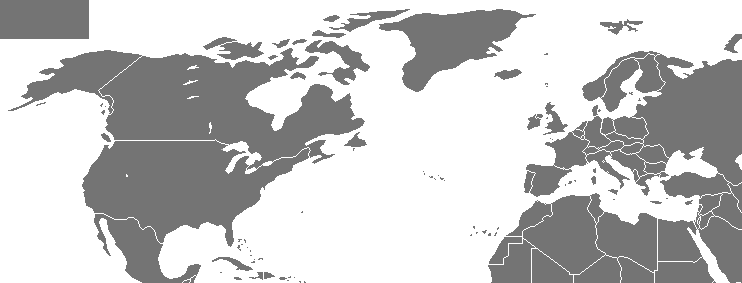
NATO expansion over time
In 2008, NATO put the inclusion of Ukraine and Georgia, both bordering Russia, on the table.
NATO war on Yugoslavia
Despite the war propaganda that’s presented as news these days, the first war in Europe since World War II didn’t just start. That war was launched by the U.S. and NATO against Yugoslavia in 1999.
For 78 days, from March 24 to June 10, 1999, NATO bombers hit Belgrade, Pristina in Kosovo, Podgorica in Montenegro and several other cities. On the first day more than 20 buildings in Belgrade were leveled.
Much of the U.S./NATO bombing hit civilian targets. A passenger train was bombed. Cruise missiles could be seen flying down the streets. The U.S. directly bombed the Embassy of the People’s Republic of China in Belgrade, killing three Chinese reporters.
Russia understood the lesson of Yugoslavia and told the U.S. and NATO “no” to expansion to Ukraine and Georgia, on Russia’s borders – 5 minutes by missile to Moscow.
The former U.S. ambassador to Russia, William J. Burns, who is now director of the CIA, said in a February 2008 embassy cable that Ukraine joining NATO constituted a security threat for Russia. Burns noted that to push for this “could potentially split the country [Ukraine] in two, leading to violence or even, some claim, civil war, which would force Russia to decide whether to intervene.”
The U.S. never withdrew the proposal to include Ukraine.
Maidan coup
In Ukraine, the so-called Maidan coup in 2014 that was openly supported and financed by NATO put in a government that made NATO membership a policy mandate. Ukrainian President Volodymyr Zelensky has repeatedly requested Ukraine’s entrance into NATO. On Feb. 19, Zelensky demanded, once again, entry to NATO, saying, “Eight years ago, Ukrainians made their choice [the Maidan coup].”

Euromaidan in Kyiv December 1, 2013
Actually, many Ukrainians resisted the Maidan coup, particularly in the working class. In the Maidan civil war, fascist gangs emerged as a force for the coup. Resistance to the coup was strongest in the eastern section of the country. In Odessa, a neo-nazi pro-Maidan gang targeted the Odessa House of Trade Unions, near the center of the resistance. The building was firebombed and at least 46 anti-fascists and labor activists were burned alive.
The resistance to the Maidan coup has continued from 2014 to today. The independent Donetsk People’s Republic and Lugansk People’s Republic were created when the people there voted overwhelmingly (89% and 96%) to secede from the Maidan regime. They have been subjected to continuous attack since then, particularly by the Ukrainian National Guard’s Azov regiment, a neo-nazi stormtrooper-like operation. More than 14,000 have been killed in Ukraine’s war on Donetsk and Lugansk.
As U.S. Ambassador Burns predicted, Russia was pushed into a corner by the unrelenting drive for NATO entry to Ukraine as well as the growing buildup of neo-nazi militias and the war on Donetsk and Lugansk. Ukraine had promised in the Minsk agreements it signed in 2014 and 2015 there would be a ceasefire, an end to all fighting, withdrawal of heavy weapons, release of prisoners of war, and the recognition of self-government in Donetsk and Lugansk. Ukraine fulfilled none of these promises.
Putin may not be an anti-imperialist leader, but the Russian military operation to “demilitarize and denazify” Ukraine and recognize the Donetsk People’s Republic and the Lugansk People’s Republic is a move against imperialism, U.S. and NATO imperialism.
Republished from Struggle La Lucha (CC BY-NC 4.0). Photos: Euromaidan via WikiMedia Commons; GDP of Russia since 1989 via WikiMedia Commons.


